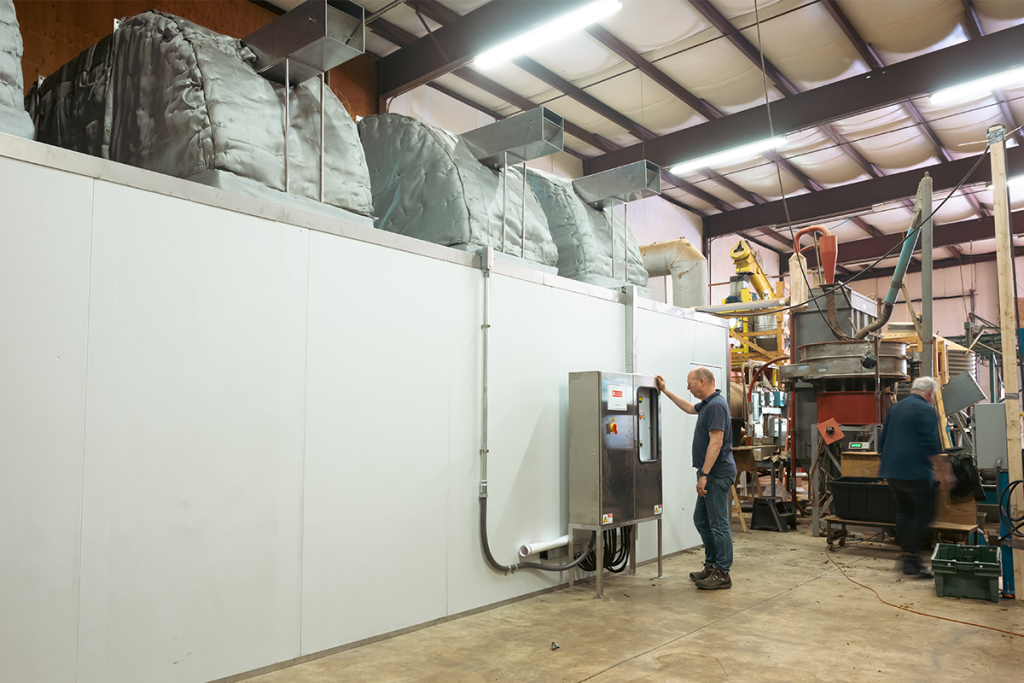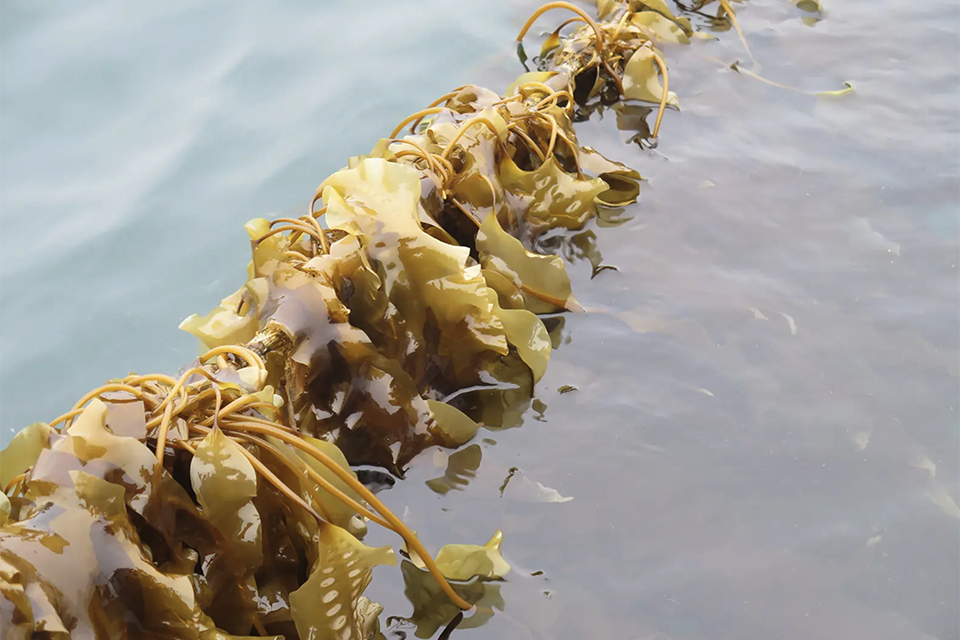Seaweed farming can deliver economic and environmental benefits but is ‘significantly cost-disadvantaged,’ concludes TNC report

With the need for climate solutions more urgent than ever, seaweed aquaculture has emerged as a potential mechanism to both sequester carbon as well as provide lower-impact substitutes for carbon-intensive products. Though carbon crediting likely doesn’t offer farmers adequate economic incentives to support the growth of this industry and scale its climate benefits at this time, new markets for seaweed – like biostimulants and bioplastics – hold significant promise, according to a new report published by The Nature Conservancy and Bain & Company.
“Enthusiasm for seaweed aquaculture is warranted, given its many environmental benefits,” said Robert Jones, TNC’s Global Aquaculture Lead. “Not only does it require no freshwater, land or fertilizers to grow, but it can restore ocean health by removing excess nitrogen from coastal waterways, offsetting the localized effects of ocean acidification and providing habitat for a variety of marine species.”
Evidence indicates that farmed seaweed can sequester small amounts of carbon, which has driven interest in carbon financing to support farmers’ livelihoods and encourage the implementation of practices that provide climate benefits. Eligibility for such programs is generally dependent on additionality, meaning that the practices wouldn’t have occurred without the support of the carbon credits.
Furthermore, uncertainty about the amount and permanence of carbon sequestered – of which there is a great deal in seaweed farming – typically reduces the number of carbon credits received. Factoring in additionality and discounts, current blue carbon prices of about $30 per ton would not be enough to incentivize climate-smart farming practices; for a carbon financing program to financially motivate behavior change, the report estimates that credit prices would need to be about 10 to 15 times higher, research would need to show much higher sequestration levels, or the industry would need to develop practices that dramatically increase carbon sequestration.
However, while carbon crediting is unlikely to drive meaningful growth in the near term, positioning seaweed as a low-carbon alternative to higher-emissions products could deliver both economic and environmental benefits.
One market primed for growth is biostimulants, which are materials that improve terrestrial crop yields and health, nutrient uptake, stress tolerance and soil quality. A $1 billion industry, the seaweed biostimulant market currently requires between 250,000 to 500,000 tons of seaweed per year, most of which is wild harvested. Already poised for 13 percent annual growth, there is even more room for development; if seaweed biostimulants were applied to just 3 percent of global farmland, it would boost demand to 3 million tons. Supporting this kind of growth with farmed seaweed would not only bolster the industry but also allow for the preservation of wild species and their ecological benefits.
Similarly, seaweed bioplastics are poised to grow market demand and serve as a replacement for less sustainable products. Unlike traditional plastics, which are derived from petroleum and don’t decompose, bioplastics are derived from renewable resources and are often biodegradable. But some bioplastics are sourced from materials that require large amounts of inputs – including land, freshwater and fertilizer – to grow, while seaweed does not.
That being said, in both the bioplastics and biostimulant markets, seaweed is significantly cost-disadvantaged compared to traditional products and competing green alternatives. There is a need to either justify a higher price by differentiating seaweed as a premium product or lower the price through greater efficiencies, improved processing technology or subsidies.
“As the sector grows, it’s important we rigorously evaluate both the opportunities and limitations of seaweed farming so we can ensure investments are well placed and have the best chance of generating positive outcomes for communities and ecosystems,” said Jones.
The results of this report will inform the organization’s restorative seaweed initiative and provide guidance for seaweed farmers, research partners, governments and other NGOs.
“All stakeholders have a role to play in building a better seaweed industry,” said Tiffany Waters, global aquaculture manager at TNC. “With this new information, we will be better equipped to realize seaweed aquaculture’s potential to regenerate marine ecosystems and decarbonize supply chains.”
Now that you've reached the end of the article ...
… please consider supporting GSA’s mission to advance responsible seafood practices through education, advocacy and third-party assurances. The Advocate aims to document the evolution of responsible seafood practices and share the expansive knowledge of our vast network of contributors.
By becoming a Global Seafood Alliance member, you’re ensuring that all of the pre-competitive work we do through member benefits, resources and events can continue. Individual membership costs just $50 a year.
Not a GSA member? Join us.
Author
Tagged With
Related Posts

Intelligence
Maine seaweed farming company secures a kelp dryer and promptly decides to share it
Oceans Balance in Maine secured an industrial kelp dryer from South Africa that has the capacity to process other local seaweed farming producers’ plants.

Innovation & Investment
‘Everyone is going to need a lot of seaweed’: Maine-based seaweed polymer innovator wants fisheries and aquaculture to quit plastics
Viable Gear Founder Katie Weiler joined the Advocate and Aquademia to discuss making lobster bait bags and other products with a seaweed polymer.

Innovation & Investment
Report: Nova Scotia kelp farming sector ready to take off
A new economic analysis reveals a $149 million potential for the emerging Nova Scotia kelp farming and product sector.

Responsibility
Can kelp farming fix the planet? Experts weigh in on promises and pitfalls
How can kelp farming help solve global challenges? A panel of seaweed experts discussed promises, pitfalls and knowledge gaps.



